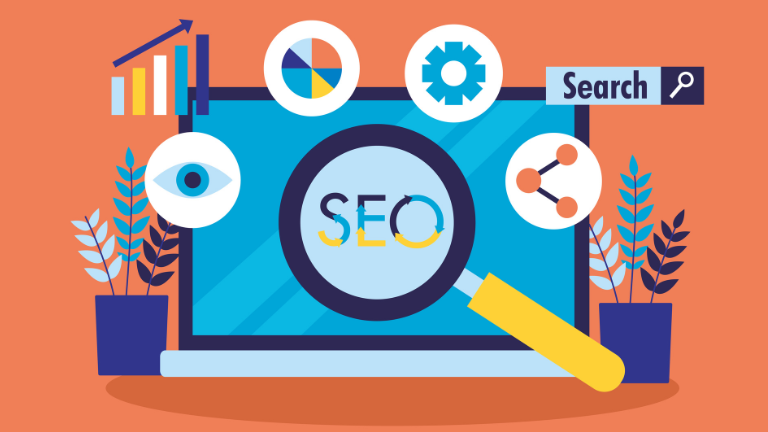Email marketing is an essential tool for businesses of all sizes. It is a cost-effective way to connect with customers, build brand awareness, and increase sales. However, with the increasing competition, it can be challenging to cut through the noise and get your message to stand out in a crowded inbox. This is where A/B testing comes into play.
A/B testing, also known as split testing, is a powerful technique used in email marketing to determine which version of an email campaign performs better. In this blog post, we will dive into the importance of A/B testing in email marketing and how it can help businesses increase their email engagement rates.
Importance of A/B testing in Email Marketing
According to a study conducted by the DMA, only 36% of marketers use A/B testing in their email campaigns. This means that a vast majority of businesses are missing out on the benefits of this powerful technique. The same study showed that A/B testing can improve email open rates by 14.31%, click-through rates by 103.31%, and conversion rates by 59.79%.
The statistics above clearly demonstrate the importance of A/B testing in email marketing. By taking the time to test different variables, businesses can identify what works and what doesn’t work for their audience, ultimately leading to more successful email campaigns.
The purpose of this blog post is to provide an in-depth understanding of A/B testing in email marketing. We will explore the process of A/B testing, common variables to test, and the best practices for A/B testing in email marketing.
Understanding A/B Testing in Email Marketing
A/B testing is the process of comparing two versions of an email campaign to determine which one performs better. The two versions are randomly sent to a sample group of subscribers, and the results are analyzed to determine which version performs better. The winning version is then sent to the remaining subscribers.
The process of A/B testing typically involves the following steps:
Identify the variable to test – this could be the subject line, email content, call to action, email design, or sending frequency.
Create two versions of the email campaign, with one variable different in them.
Randomly select a sample group of subscribers to send the two versions of the email campaign to.
Analyze the results to determine which version performed better.
Send the winning version to the remaining subscribers.
Advantages of A/B Testing
There are several advantages of A/B testing in email marketing. They include:
Improved Engagement Rates
A/B testing helps identify what works and what doesn’t work for your audience, leading to more successful email campaigns and higher engagement rates.
Increased Conversions
By identifying the best-performing version of an email campaign, businesses can increase their conversion rates, ultimately leading to more sales.
Cost-effective
A/B testing is a cost-effective way to test different variables in email campaigns, leading to more successful campaigns and increased ROI.
Variables in Email Marketing A/B Testing
A/B testing is a critical component of any successful email marketing strategy. By comparing different versions of an email and analyzing the results, marketers can optimize their campaigns and drive better results. Let us now discuss common A/B test variables in email marketing, challenges in A/B testing, and best practices to help you get the most out of your testing efforts.
Common A/B Test Variables in Email Marketing
Subject Line
The subject line is the first thing a recipient sees, so it is critical to test different variations to see which drives the most opens.
Email Content
Testing different content variations can help you determine what messaging resonates best with your audience.
Call to Action
Different CTAs can impact click-through rates. Therefore, it is important to test different options to see which one drives the most engagement.
Email design
The visual elements of an email can impact its effectiveness, so testing different designs can help you optimize your campaigns.
Sending frequency
Testing different sending frequencies can help you determine the optimal cadence for your audience.
Challenges in A/B Testing
While A/B testing can be incredibly valuable, there are some challenges attached to the method.
Small Sample Size
To get statistically significant results, you need a large enough sample size. With email marketing, it can be challenging to get enough recipients in each test group.
Testing too many variables
Testing too many variables at once can make it difficult to isolate the impact of each variable.
Difficulty in Analyzing Results
Analyzing the results of an A/B test requires some statistical knowledge, and it can be challenging to draw meaningful conclusions.
Solutions to Overcome these Challenges
Increase your sample size by segmenting your audience or testing over a longer period of time.
Test one variable at a time to isolate the impact of each variable.
Use statistical significance calculators to analyze your results and ensure they are meaningful.
Best Practices for A/B Testing in Email Marketing
Start Small and Simple
Begin with simple tests, such as subject line variations, before moving on to more complex tests.
Test One Variable at a Time
Isolating the impact of each variable will help you draw more accurate conclusions.
Use a Control Group
A control group will help you determine the impact of your test on your overall campaign performance.
Determine a Clear Hypothesis
Before running a test, be clear about what you hope to learn and what you expect to happen.
Analyze Results and Adjust Accordingly
Use the insights you gain from your tests to optimize your future campaigns.
Maximize the Impact of your Campaigns and Achieve your Marketing Goals
A/B testing is a powerful tool for optimizing your email marketing campaigns. By testing different variables and analyzing the results, you can make data-driven decisions that will help you achieve your marketing goals. While there are some challenges to overcome, following best practices and being diligent in your testing efforts can help you maximize the impact of your campaigns. So, why not start A/B testing in your own email marketing strategy today and see what insights you can gain to improve your campaigns?












